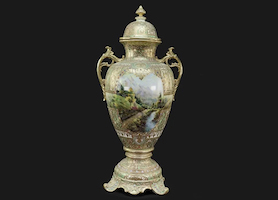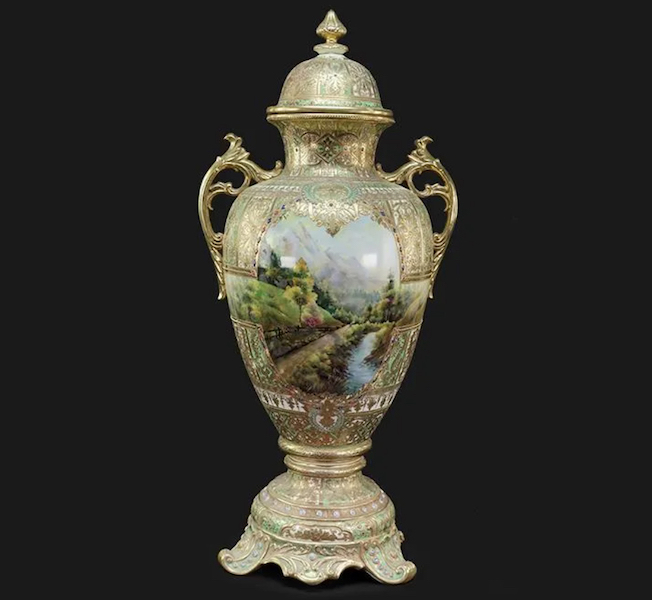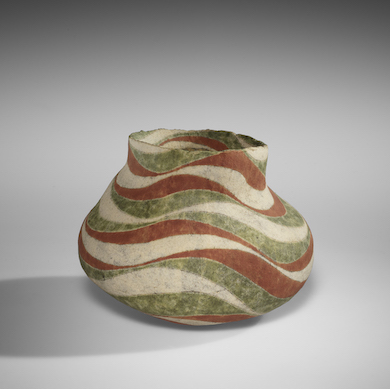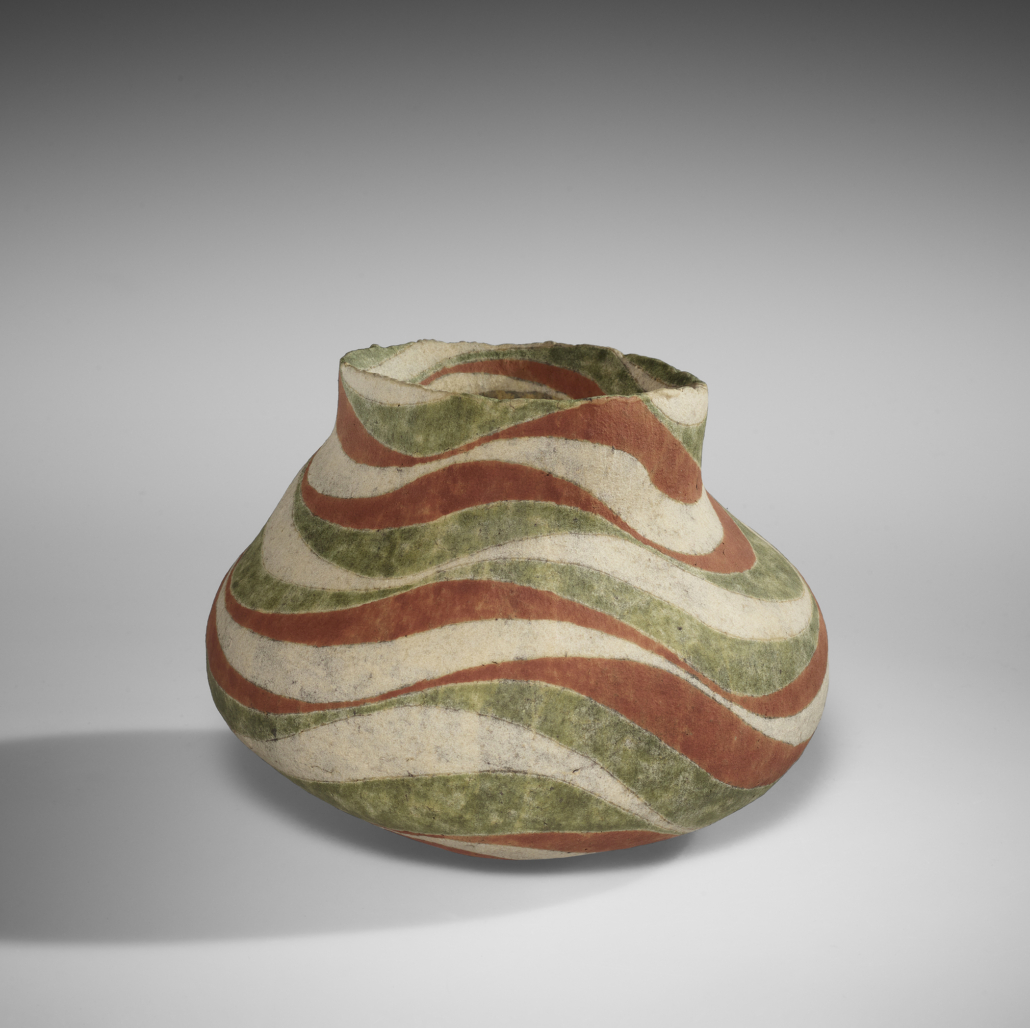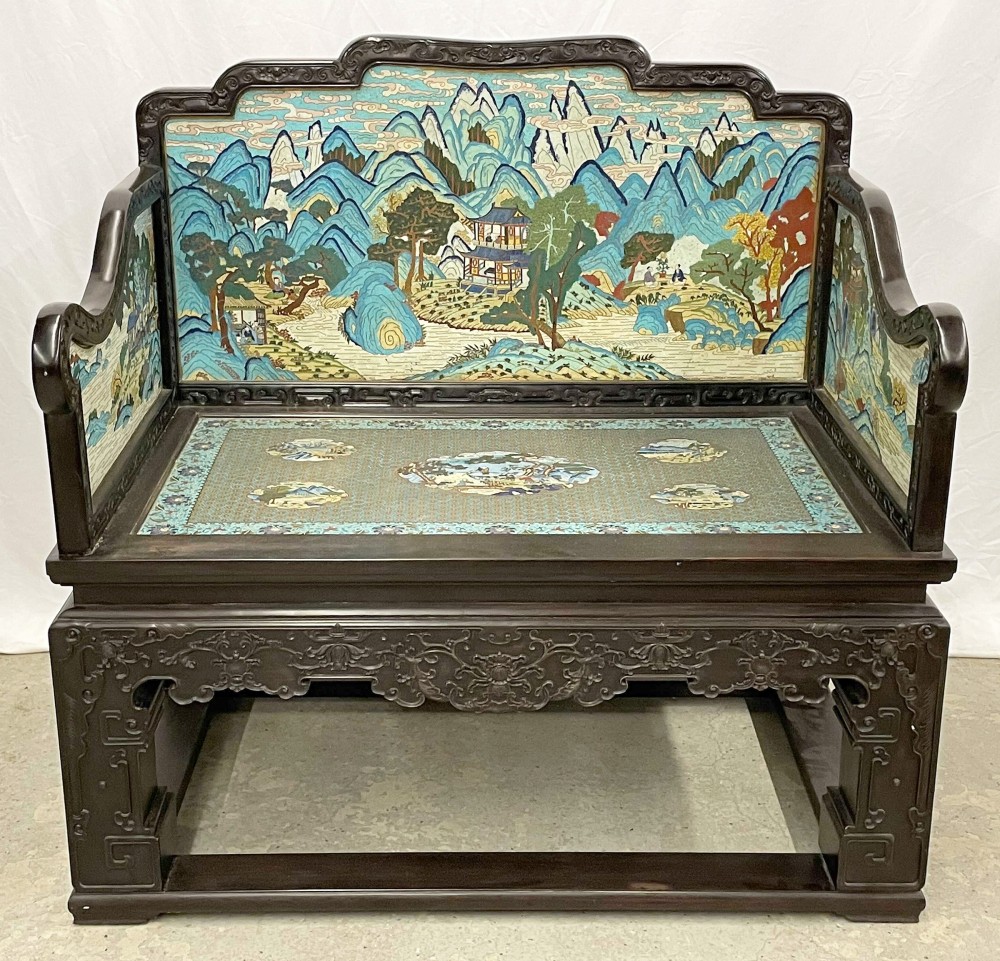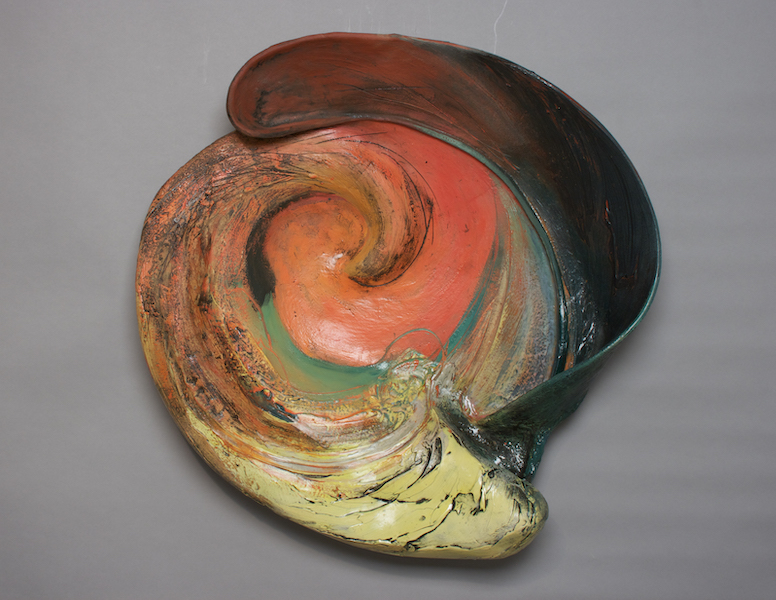
ANN ARBOR, Mich. – Shigaraki ware originates from one of Japan’s six ancient kilns and is characterized by earthy tones, rough clay surfaces and natural ash glazes. These objects, which began entering American museum collections in the 1960s, have become staples of Japanese art installations across the U.S. Despite this, the story of how Shigaraki ware ceramics catalyzed cultural exchange between the U.S. and Japan and helped reframe Japan as a peaceful, democratic ally has not been told in depth. Clay as Soft Power: Shigaraki Ware in Postwar America and Japan brings this history to the fore while also exploring the influence of Shigaraki ware ceramics on contemporary artists in both countries and its ongoing popularity among today’s collectors. The show will remain on view at the University of Michigan Museum of Art (UMMA) through May 7.



